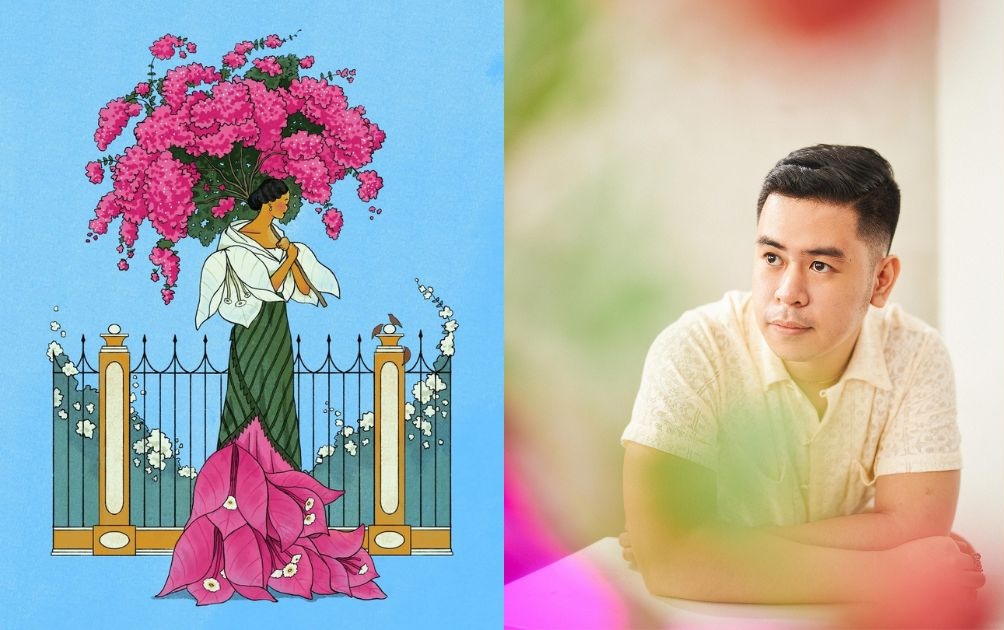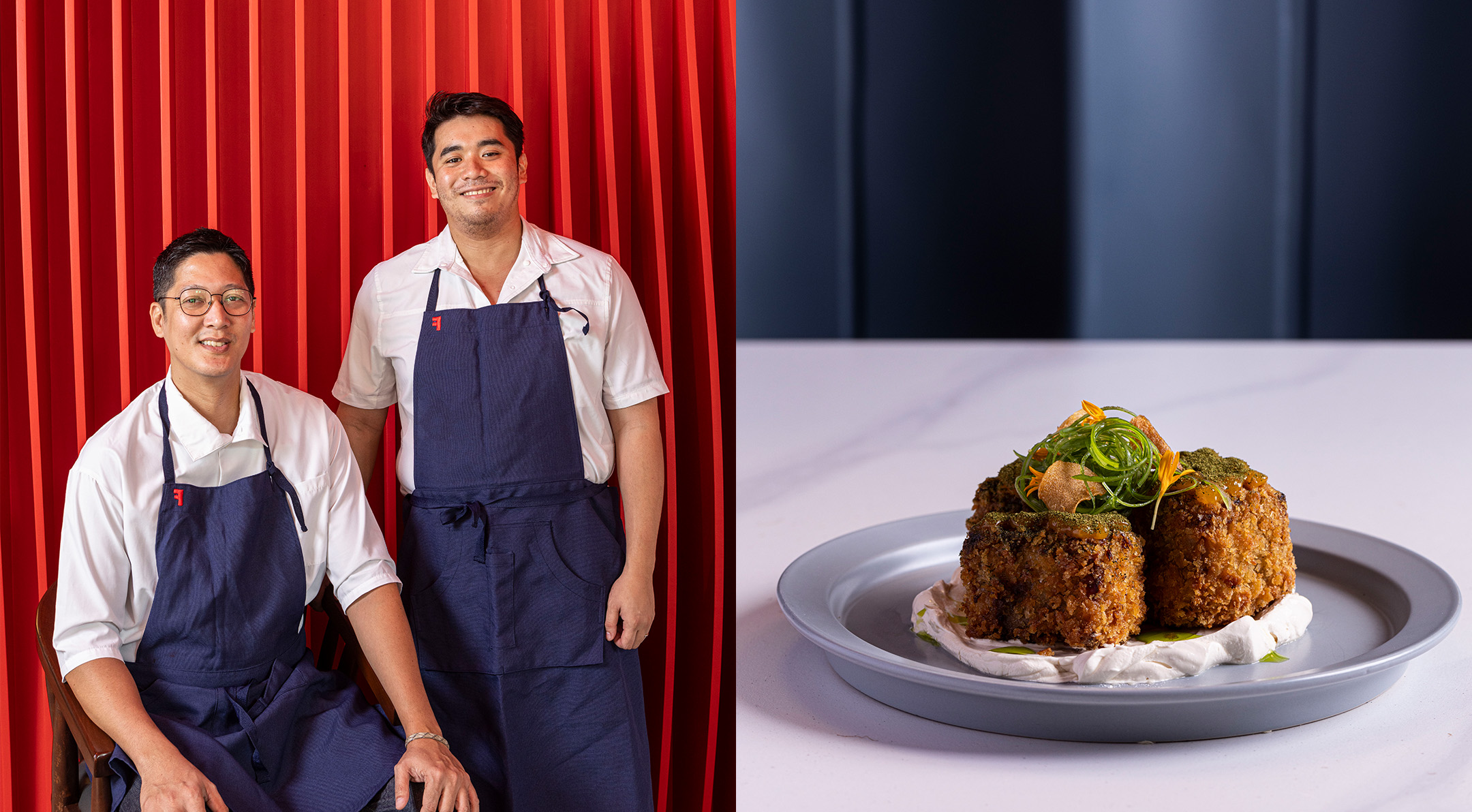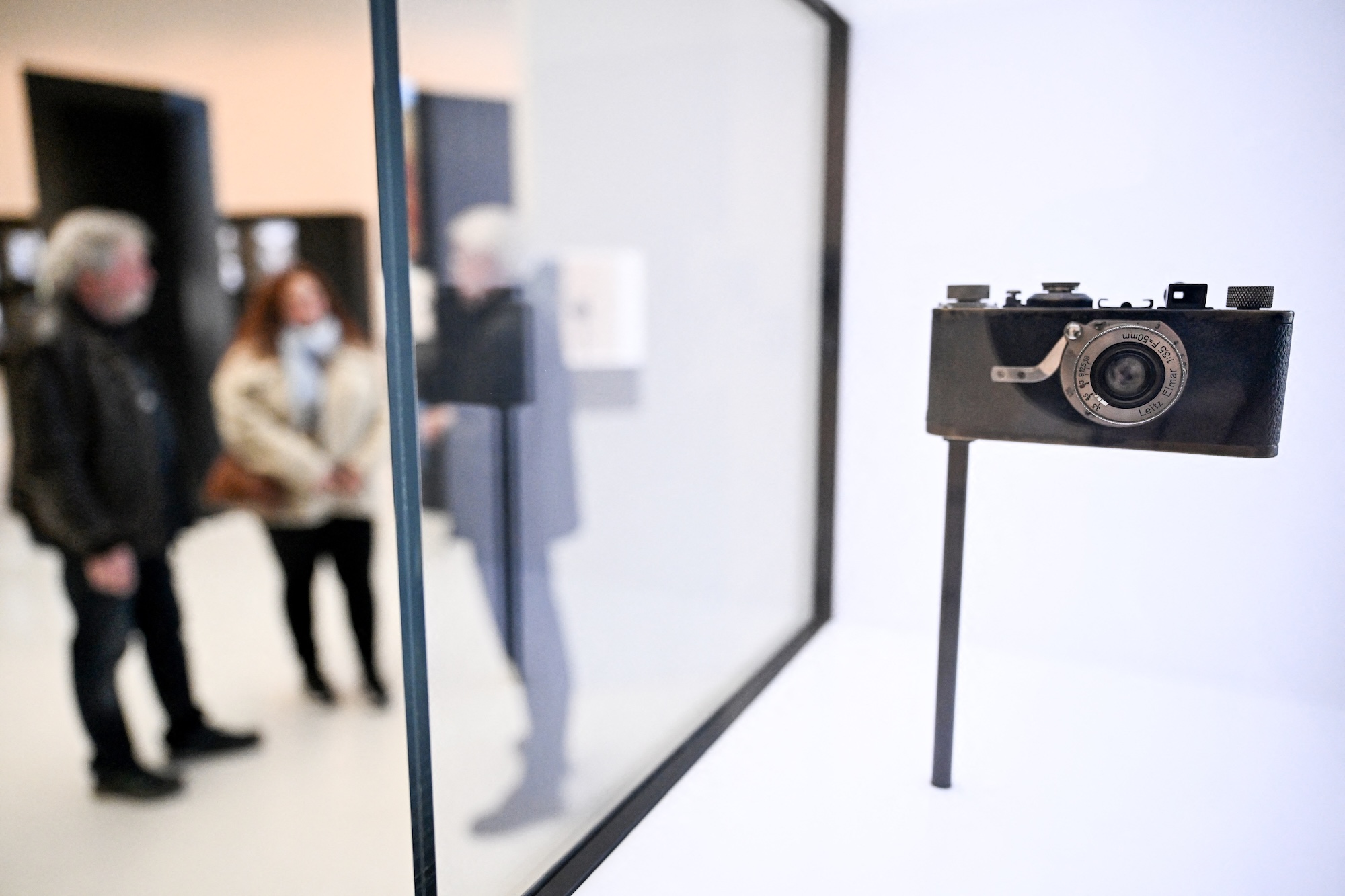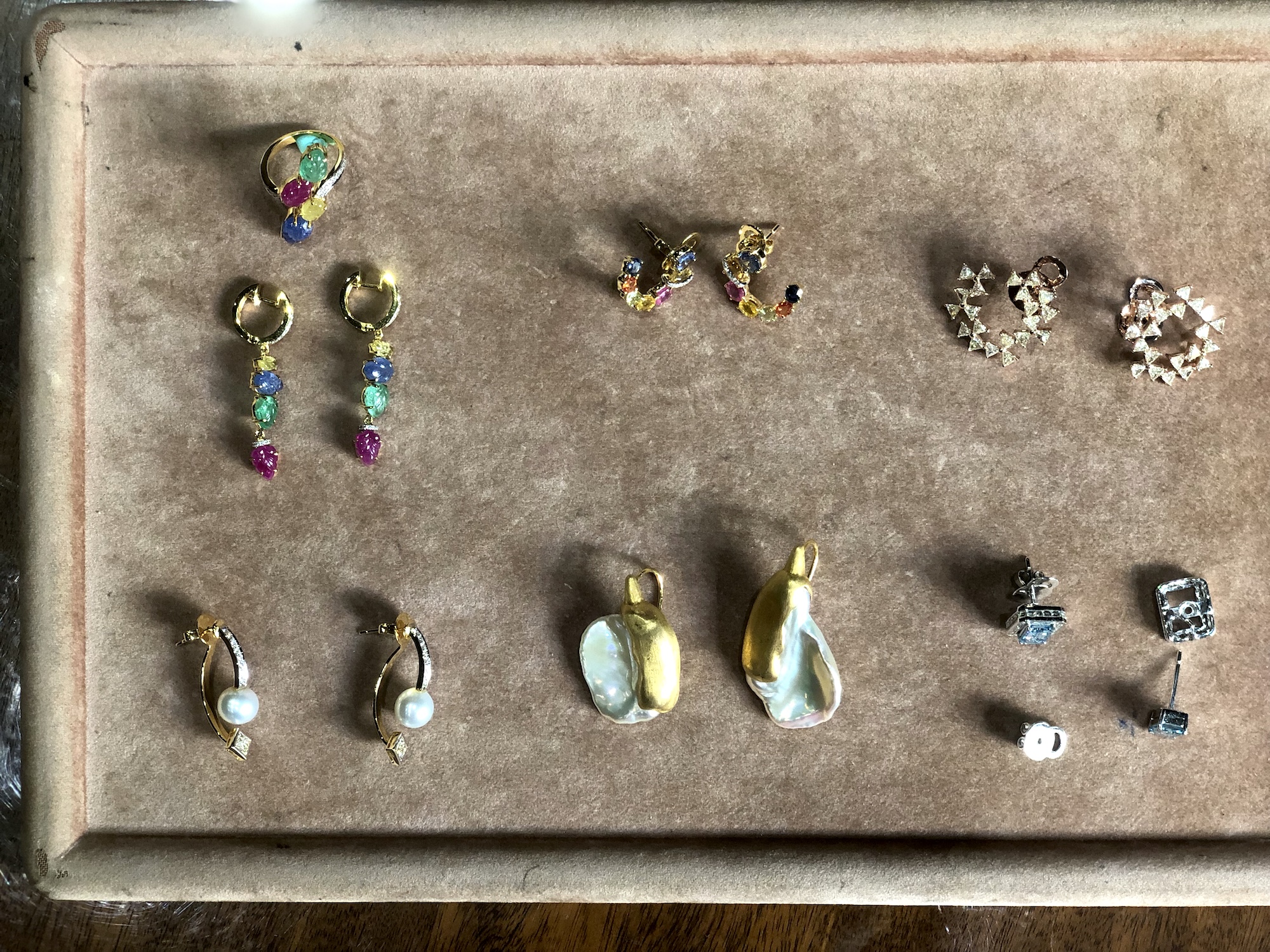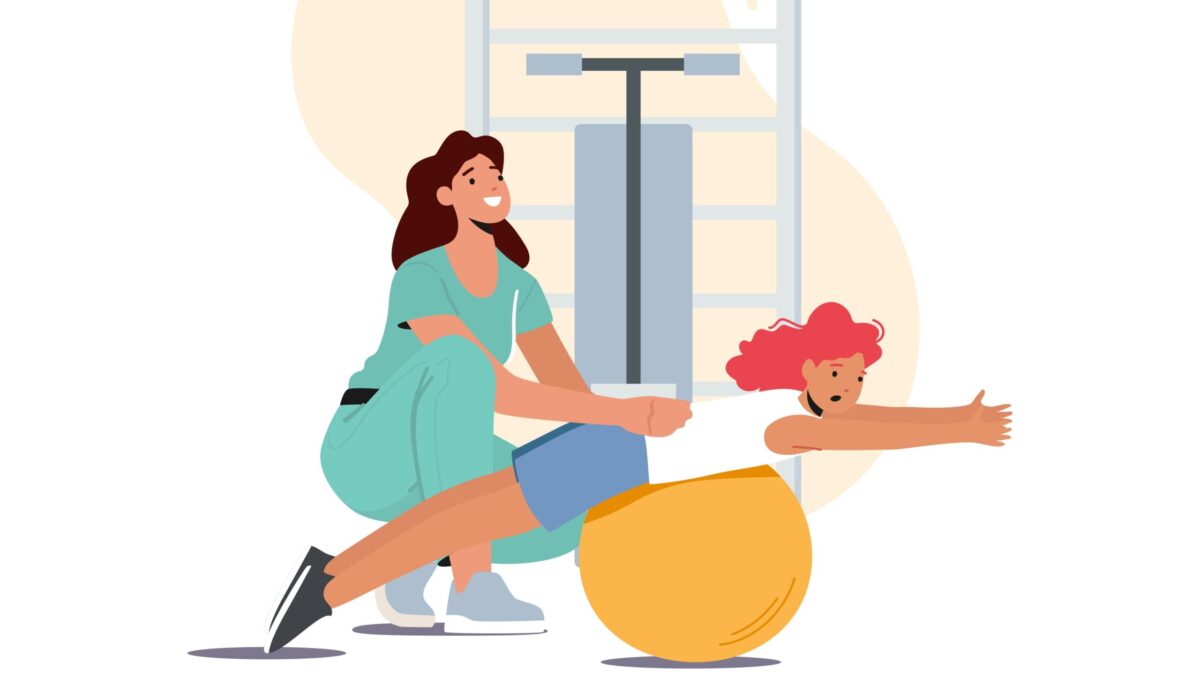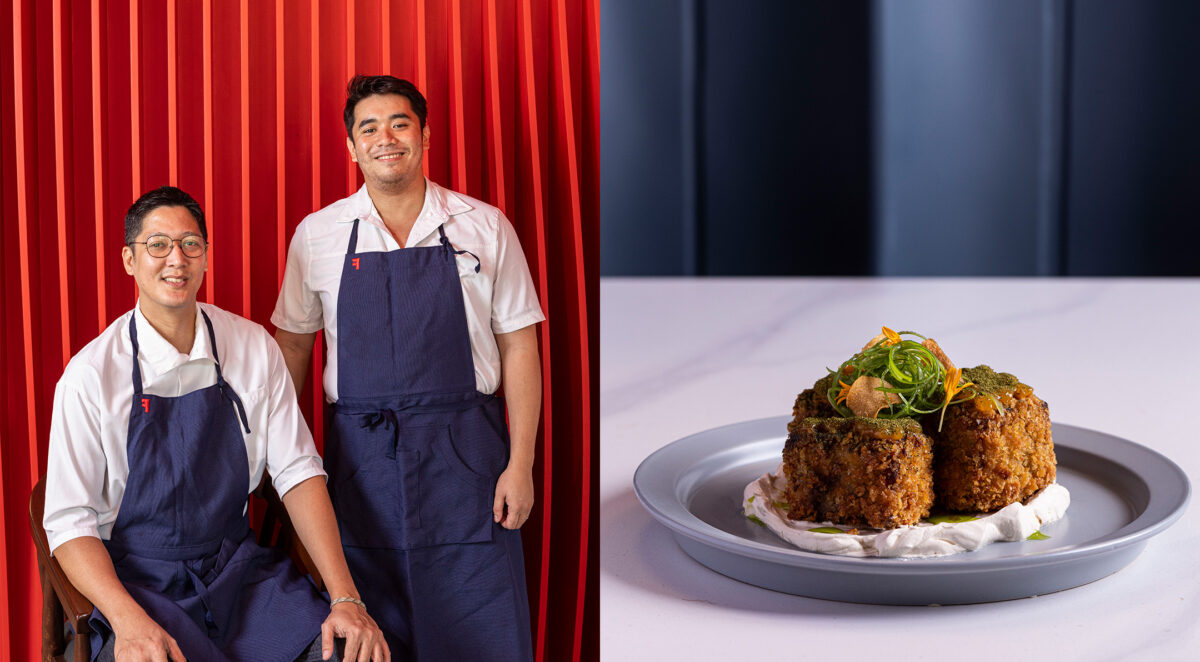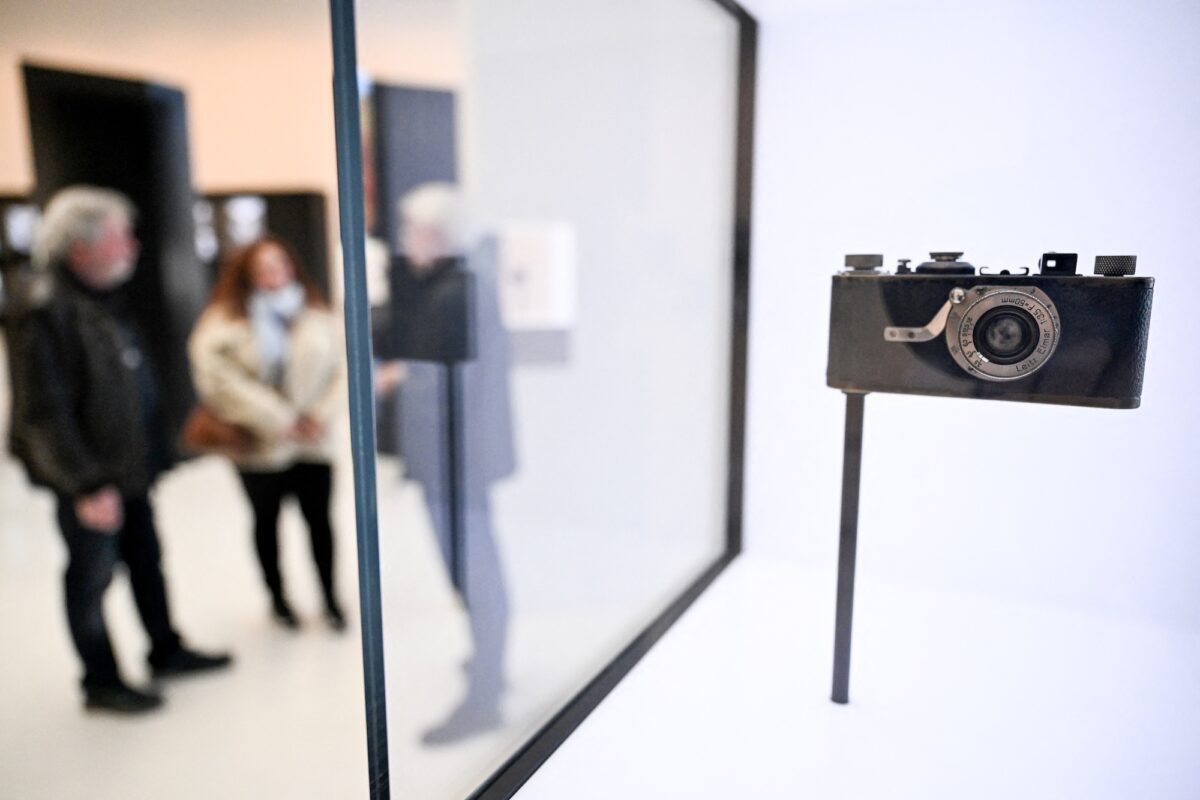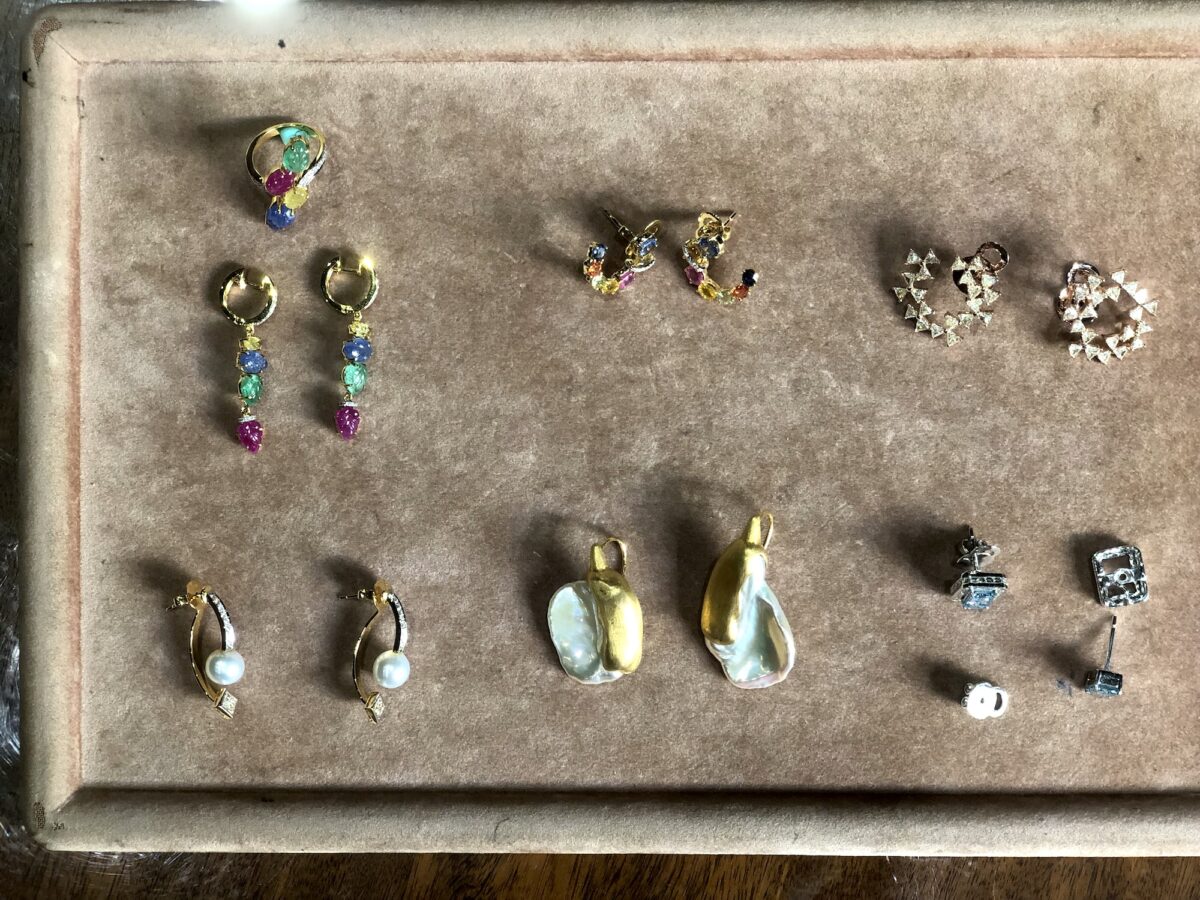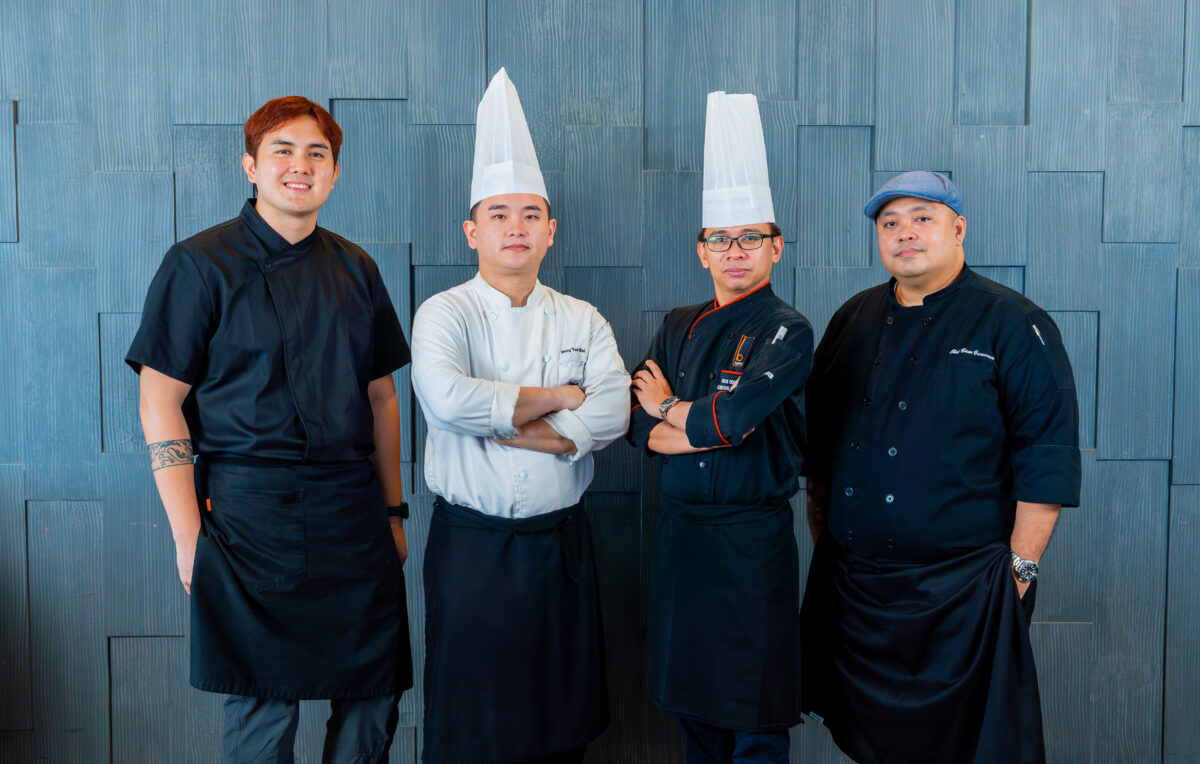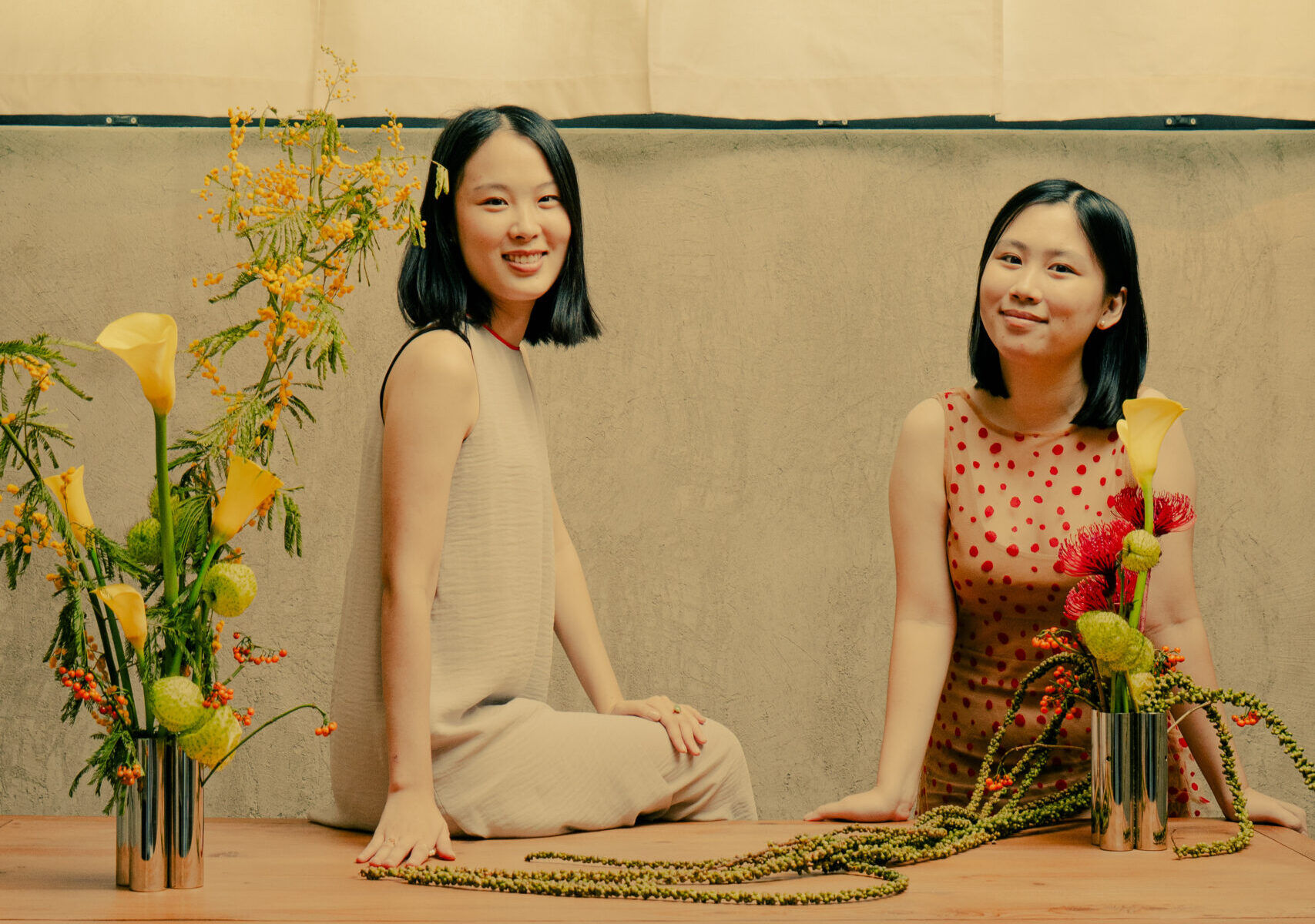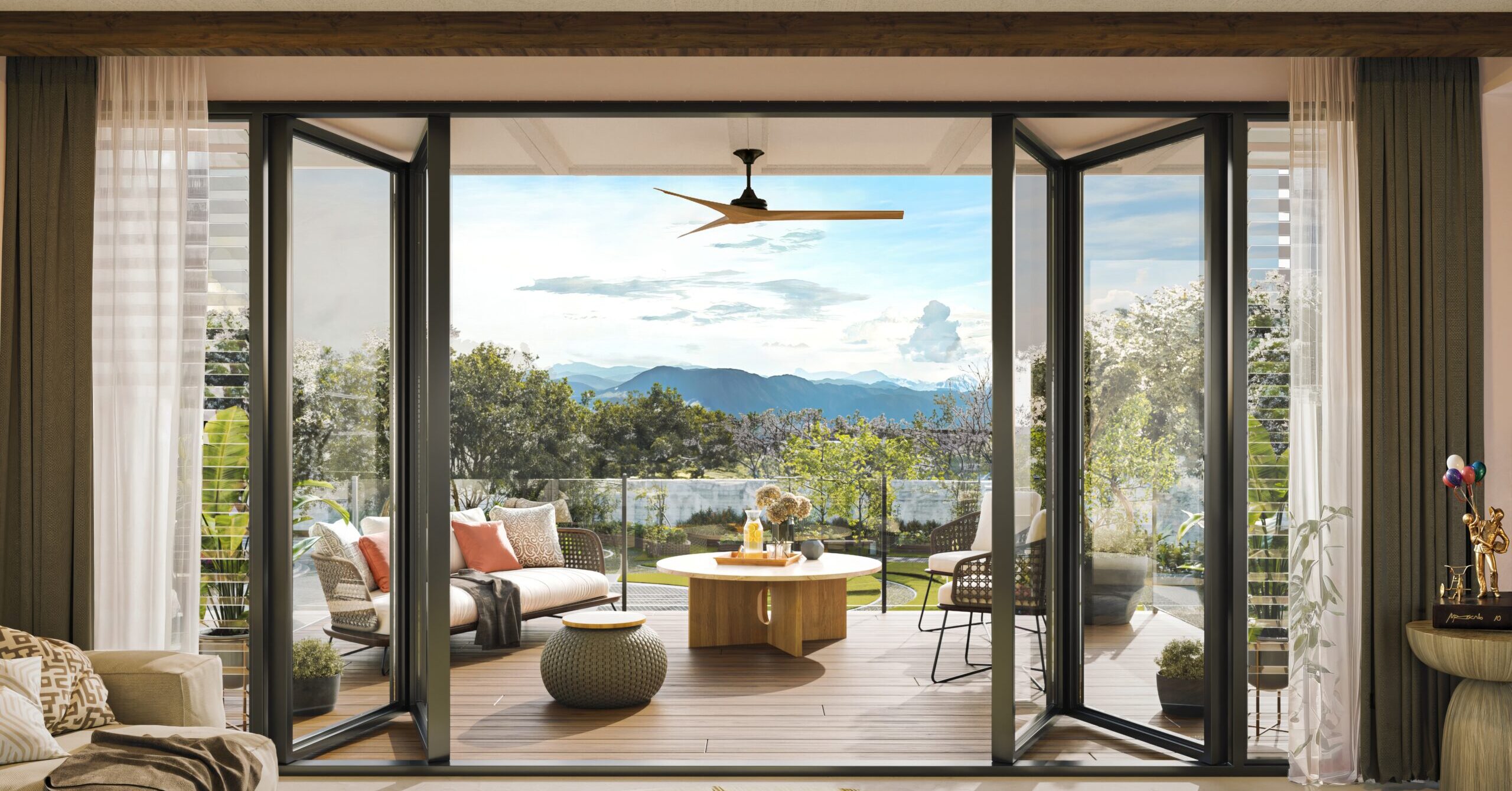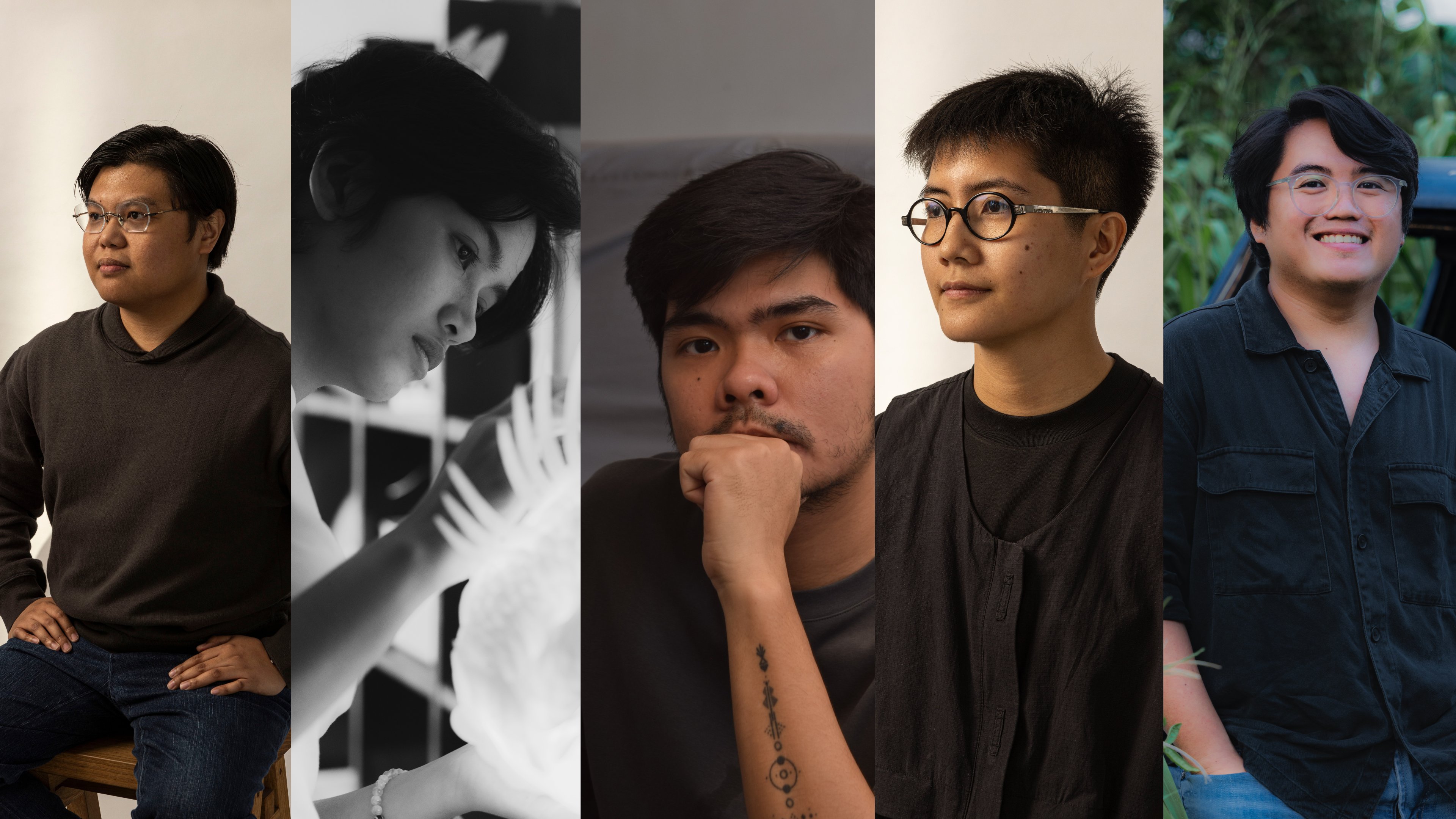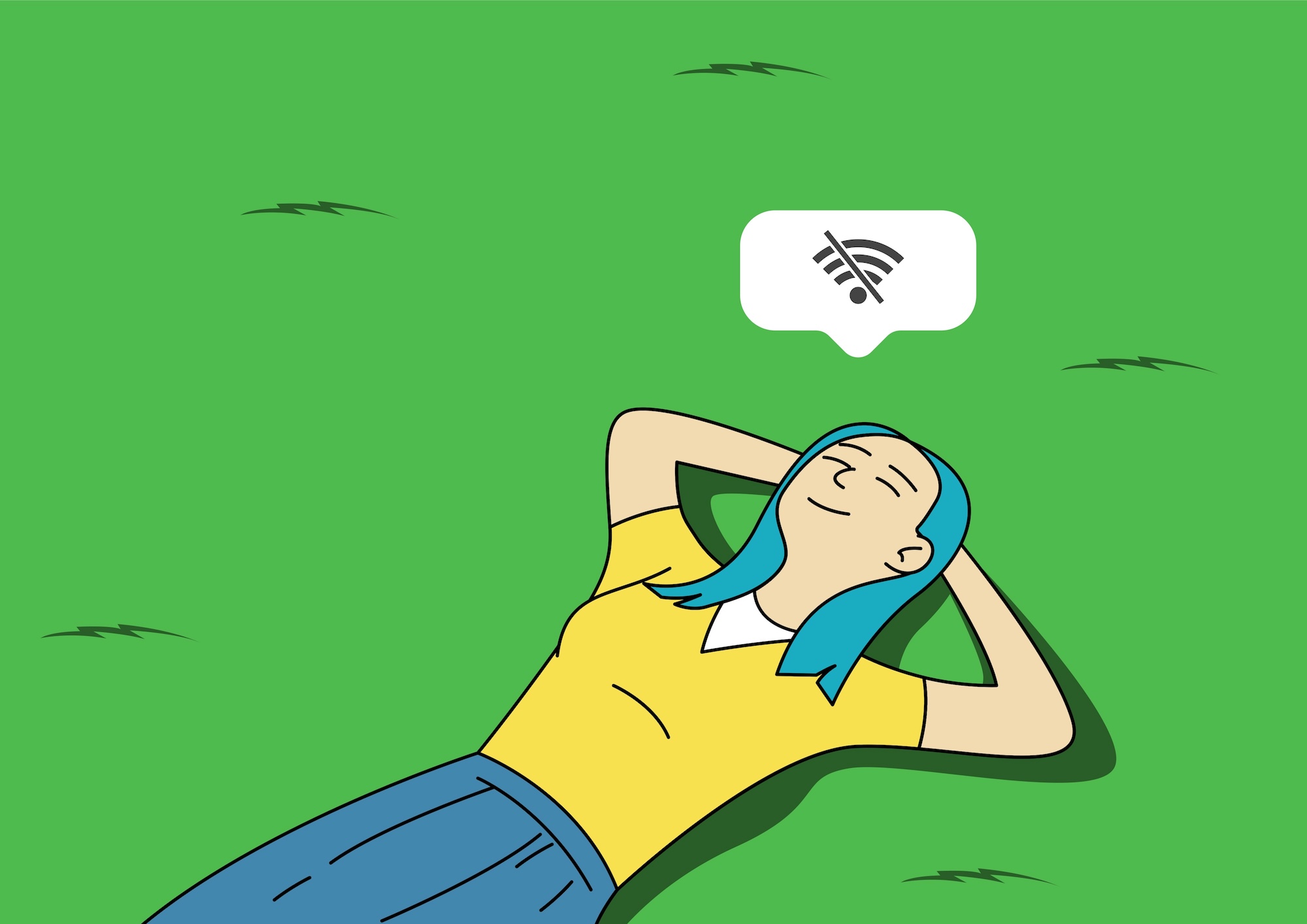“I just leaned on to the Filipiniana, the florals, ganoong beauty kasi I just want to make things that give me comfort and maybe give other people comfort, too,” says award-winning illustrator and designer Addi Panadero
Illustrator and designer Addi Panadero has a work-life balance any creative, myself included, wishes to have. He’s employed full-time at worker-owned creative collective And A Half, takes on personal and freelance projects, and gets recognition for those, too.
Panadero, known for his soft imagery reminiscent of fairy tales and illustrations replete with Filipiniana elements, has been with the branding and design studio since 2015, right out of college. As its creative director and designer, he’s worked on brands like Cebuana Lhuillier Gold, Straightforward, and Archipelago Botanical Gin, for which he together with his colleagues Kay Aranzaso and Mark Andres designed a letras y figuras set inspired by the liquor’s botanicals from various parts of the country.
He’s also illustrated several books, including “Cely’s Crocodile: The Art and Story of Araceli Limcaco Dans,” a retelling of the renowned Filipino artist’s contributions to Filipino wartime efforts during World War II written by Gabriela Dans Lee. It was among the awardees in the Best Reads category at the 7th National Children’s Book Award.
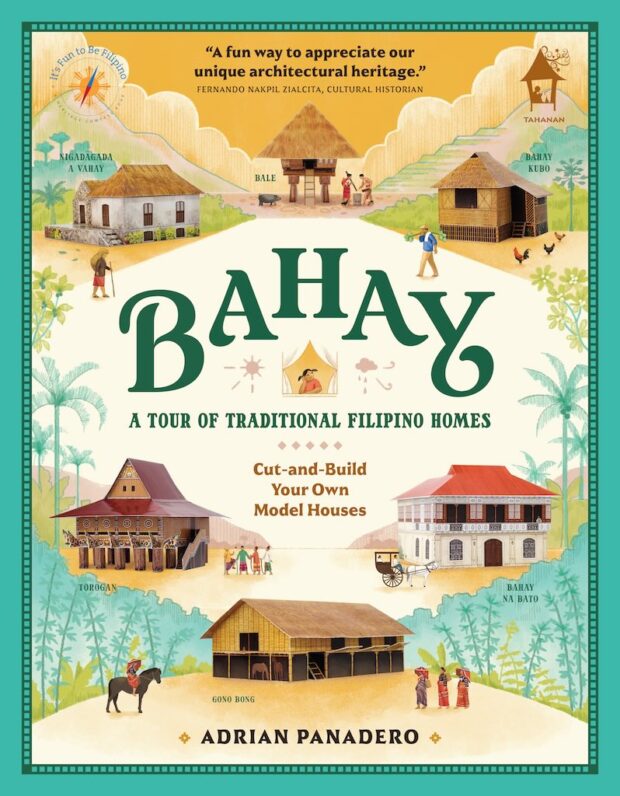
His 2022 book “Bahay: A Tour of Traditional Filipino Homes,” a well-researched and interactive cut-and-build reference book on iconic Filipino dwellings, was recently awarded the Department of Trade and Industry – Design Center of the Philippines’ Good Design Award for Image Making.
That was his second book following “Intramuros: The Walled City,” another cut-and-build publication based on his undergraduate thesis at the University of the Philippines Diliman College of Fine Arts, which kickstarted his publishing career at local children’s book publisher Tahanan Books.
His gentle strokes and colors, both vivid and muted, also figure in his personal work fueled by his queer fascinations: beauty queens, religious iconography, female icons, and local flora.
Of his predilection for female figures he says, “I think that stems from, one, lumaki ako sa FashionTV,” he tells me, a bit reserved. He loosens up when I confess I’m a fellow FTV fanatic. “[And second,] lumaki akong nanunood ng pageants. Very typical badingan.”
Even as a gay guy though, he is careful about drawing women with a male gaze. He’s critical of his own art, he says, “sort of just checking in when I depict women. Kahit na siyempre bading, may gay male gaze din e. So I’m just trying to practice that eye.”
What all women drawn by Panadero have in common other than fluid statures and expressive facial features is a detailed dress. In his vision of Miss Universe 2015 Pia Wurtzbach as a religious icon, the beauty queen dons a regalia patterned after the gilded dresses of the Virgin Mary.
He then ventured into Filipiniana, faithfully rendering the dress’ structured sleeves and billowy skirt with languid lines. He’s mastered the art of translating the details of terno garments into his two-dimensional illustrations, something that caught even the eye of Ternocon artistic director Gino Gonzales, who commissioned him to do the poster for the terno-making competition’s Independence Day fashion show.
In his exploration of his art style, he’s also fused tropical blooms into tropical fashion, as seen in his latest series called “Filipiniana Flora.”
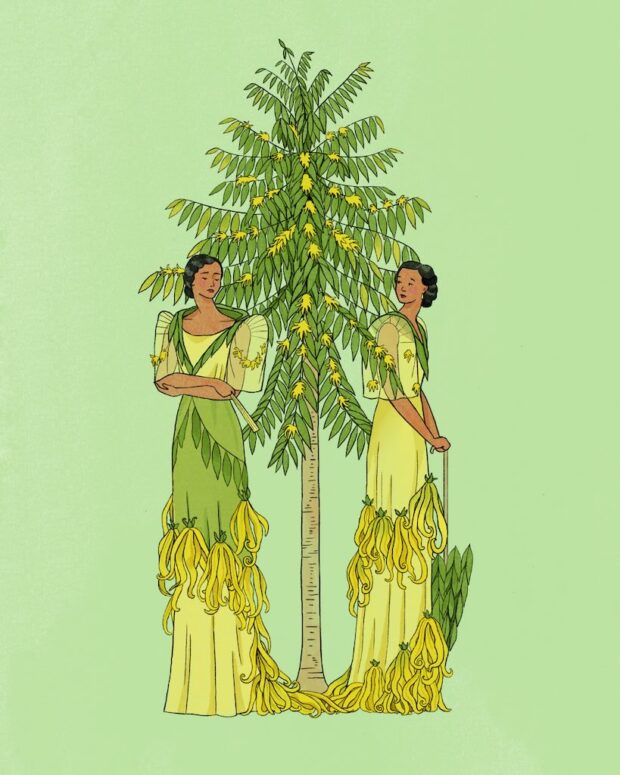
As a farewell to “summer” this June, he drew a Filipina wearing a terno with sleeves and a train teeming with white and pink bougainvilleas, a flowering shrub that thrives during the heat of the Philippine dry season. This was followed by a pair of morenas standing awkwardly side by side an ylang-ylang tree, both wearing green and yellow ternos embellished with the plant’s slender downward-projecting fragrant flowers.
“I just leaned on the Filipiniana, the florals, ganoong beauty kasi I just want to make things that give me comfort and maybe give other people comfort, too,” the illustrator says. Panadero had to take a health break a few years back to ease symptoms like chronic pain, which hindered his ability to create during most of the pandemic. “But first and foremost, para matuwa ‘yong soul ko when my experience by default medyo naka-level 2 difficulty na. Parang gusto kong mag-unwind nang konti, give myself space to do whatever would make me happy, whatever would make me feel fulfilled.”
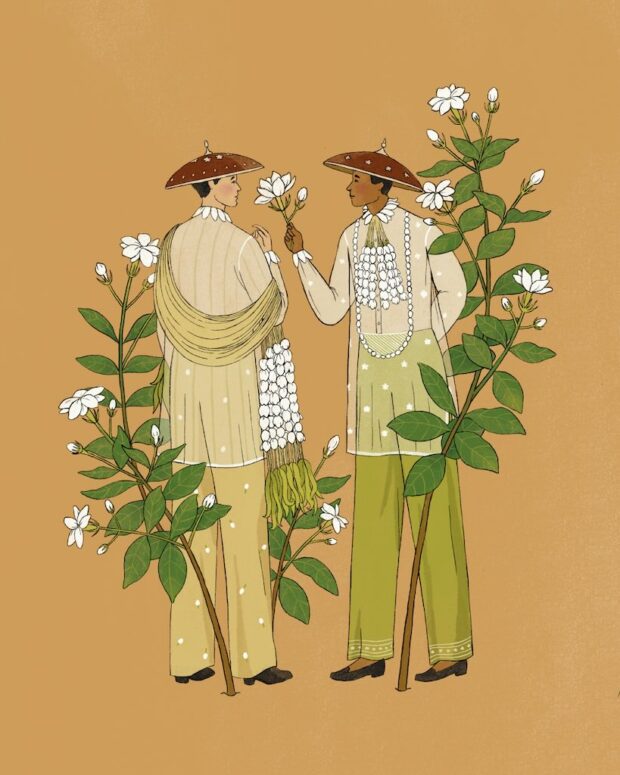
So far, the “Filipiniana Flora” series has three illustrations. The newest one features two queer men in place of his usual female subjects: a dark-skinned guy in salakot and a sheer barong top with sampaguita details, who appears to be courting a fair-skinned guy in the same garment, except his came with a sampaguita garland shawl.
The dream, he says, is to have a full set by the end of the year, part of his intention to put out more tangible things other than books. “Gusto ko lang makita siya in reality, in print, [as something] that people may take home, display on their walls, or even use.”
But the beauty of Panadero’s work is that even on screen it radiates a kind of warmth and covetability not far off from a printed copy; something that the managing editor of his publisher Tahanan Books, Frances Ong, found intriguing enough to want to sign him on even as a fresh graduate back in 2015.
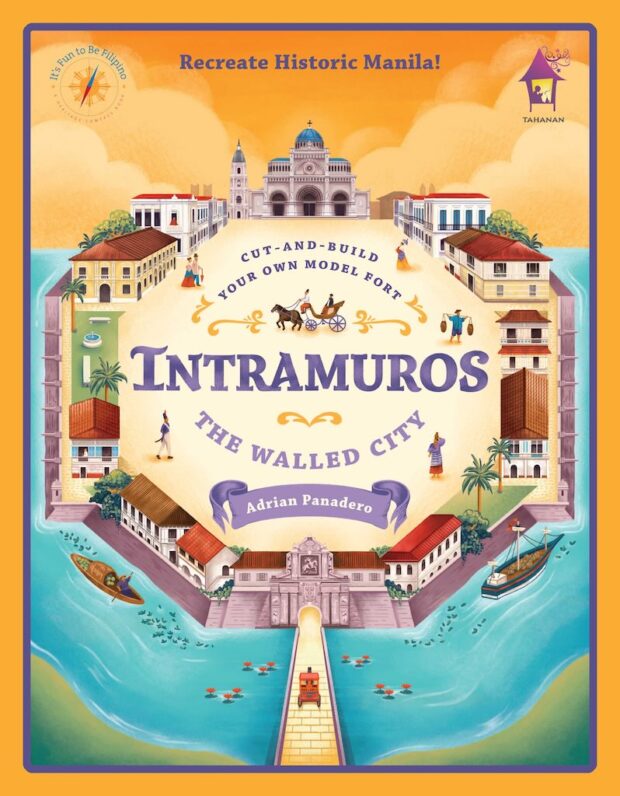
“Addi’s work was beautiful and the concept was solid,” she said of “Intramuros,” which she first saw in a Facebook group. “You could see that there was thoughtful planning behind the work and the execution was clean. But more than anything, when I saw his work online, I immediately wanted to buy it. A gut reaction like that is rare and always worth pursuing.”
“Intramuros” was originally designed to be a pop-up book, but upon realizing it would entail high production costs that would make it expensive to sell, Panadero and Tahanan had to make concessions. Ong recalls, “We had to find a way to make the book accessible. He agreed to adapt it into a cut-and-build format and the book proved to be quite popular among our readers.”
To this day, Panadero credits Ong for teaching him how to actualize his ideas. “[Siya ang] nagpakita sa akin ng technical and real-world side of publishing because as an illustrator, I’m very ideas-first, art-first.”
His receptiveness and adaptability are part of the reasons why Tahanan Books has continued to work with him for nearly 10 years now—other than, of course, being a really good artist. Ong says of his illustrations for the award-winning book “Cely’s Crocodile”: “In picture books, an illustrator takes an equal role in storytelling. He doesn’t just draw what the words say, he enriches the story with his details, he enhances the mood with color and composition.”
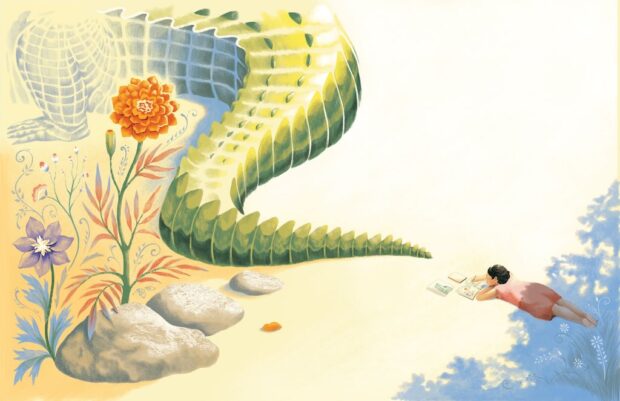
If Ong was responsible for showing Panadero the ropes of the publishing industry, the person who taught him the nuances of design was former And A Half partner and designer Mike Parker. “I always say na natuto ako about design sa school but natuto akong maging designer from him.
“When I first started, medyo may pagka-blank slate ‘yong approach ko,” he recalls. He would prioritize client requests and strategies identified by the team over his developing personal style. “I had to sort of mute my point of view kasi this is not naman my studio. It’s a branding team.”
Parker remembers Panadero’s early years a bit differently. “And A Half was growing at that time and having Addi as part of the team was a game-changer for us,” Parker says in an email. “He never felt like a fresh graduate, to be honest. I always felt like Addi knew what he was doing.”
Fresh out of college and an internship at designer Dan Matutina’s Plus63 Design Co., Panadero felt like he took with him the studio’s signature geometric style, which was all the rage at the time. “Two or three years into my career ko na lang siguro unti-unting na-wear off ‘yong pagiging geometric Dan Matutina-esque ng style ko.”
But even then as a new talent, Parker already saw early glimpses of the qualities that would later define a body of work. “I always get a feeling of calmness when I see his work. Siguro wholeness? Or maybe of fulfilled intention. It feels like a period, not an exclamation mark. It’s easy to go overboard or for it to feel incomplete but Addi always knew when it was enough.”
Panadero has grown a lot since starting at And A Half, where he still works now—something relatively unheard of for creatives our age. This, he chalks up to the collective’s unique approach to managing creative talent.
Whereas most agencies would load up promising hires with tasks outside their comfort zones as a baptism of fire, And A Half now prides itself on playing to each member’s strengths. “After years of being very ‘Kahit anong ibigay mo sa akin gagawin ko’—and I think na-afford din namin ‘yong gawin because na-train kami to be very versatile—now kaya na rin namin sabihin na ‘Okay, we can also focus doon sa mga gusto at malakas natin gawin.’”
That and flexible working arrangement. During our interview, he was at their family home whose proximity to nature inspires his craft. He only goes to the office once or twice a week. While the studio handles a number of accounts, being a worker-owned collective, it understands the need for talents to explore other creative projects outside the office.
“Maganda ‘yong trade-off for me. If I were working in a very high-stress, very fast-moving [environment], I don’t think I would have the energy or time to work on mga passion projects ko.”
Simultaneously working on multiple things, has benefitted his journey to finding his own style, too. He says his style has since changed to reflect who he truly is, and he’s come to embrace and even own his love for anything Filipiniana. “I’m happy I’m becoming known for that. But also watch out ko din sa sarili ko not to be cliché, or use typical images. If there’s one thing na gusto kong maalala nila aside from Filipino things, it’s more of ‘He does something interesting with these references.’”
Parker assures Panadero that he’s far from being a cliché. “He developed his particular style but it doesn’t make his work look repetitive.” Per Parker, what makes Panadero’s work special is how he weaves in and out of his established aesthetic choices to make things new.
Part of his conscious efforts against stagnation is imbuing his art with more value than what can be visually perceived. That entails doing research, which he’s become accustomed to after working on several books with experts and published sources. “Since mahilig ako sa history, sa references, ingrained na siya sa process ko na parang, ‘What’s this story here from the past, from someone else?’ But then paano ko siya sort of ma-re-recontextualize? I find fulfillment in connecting stories, connecting ideas. I enjoy that process.”
But all that backend labor, oftentimes inconspicuous but still legible in the final output, can be exhausting. Taking deep dives takes a lot out of him, “kasi para talagang focus tayo dito and then after a project that requires that amount of research, parang kailangan kong mag-detox or huminga ng konti.”
Intentional rest is something he’s trying to hone lately. “Since ang daming sabay-sabay—freelance, And A Half, tapos ‘yong mga personal ko—parang iniingatan ko lang na ‘di ako mapudpod—I wouldn’t say burnout—but mapagod nang sobra.” Weekends are when he finds himself taking these breaks more often, allotting time to do nothing, keeping a distance between himself and his trusty tablet.
With years of experience and accolades to his name, people around him can’t help but notice a shift in Panadero’s creative practice. Both Ong and Parker sense a kind of confidence emanating from his work these days, one that allows him to be more playful and at the same time comfortable enough to explore outside lines he’s drawn.
But as with any artist at this stage of their career, imposter syndrome sometimes creeps in, which along with his already complicated relationship with recognition, makes acclaim incogitable.
“Noong high school, ako si grade-conscious. Gusto ko laging may pa-medal. Then UP happened. Binitawan ko ‘yon and just let whatever be. Tapos ngayong naaawardan ulit ako, parang it feels nice pero ‘di na siya in a sense na kailangan laging mayroon, more of grateful na may nakarecognize ng trabaho na ginawa ko.”
It’s a different feeling with each award, he clarifies. Just the same, he couldn’t help but look back to his younger self, who couldn’t imagine being who he is today. In college, he recalls, “I never really envisioned na ito ‘yong magiging career ko: an illustrator, a designer.”
What he always was is a boy who drew from fairy tales he read. “Iyon ‘yong simula ko: a kid na ang hobby lang ay gayahin ‘yong mga nasa books ko before.” And that too will always be his creative origin story, one that he will keep coming back to and pinpoint as the beginning.

